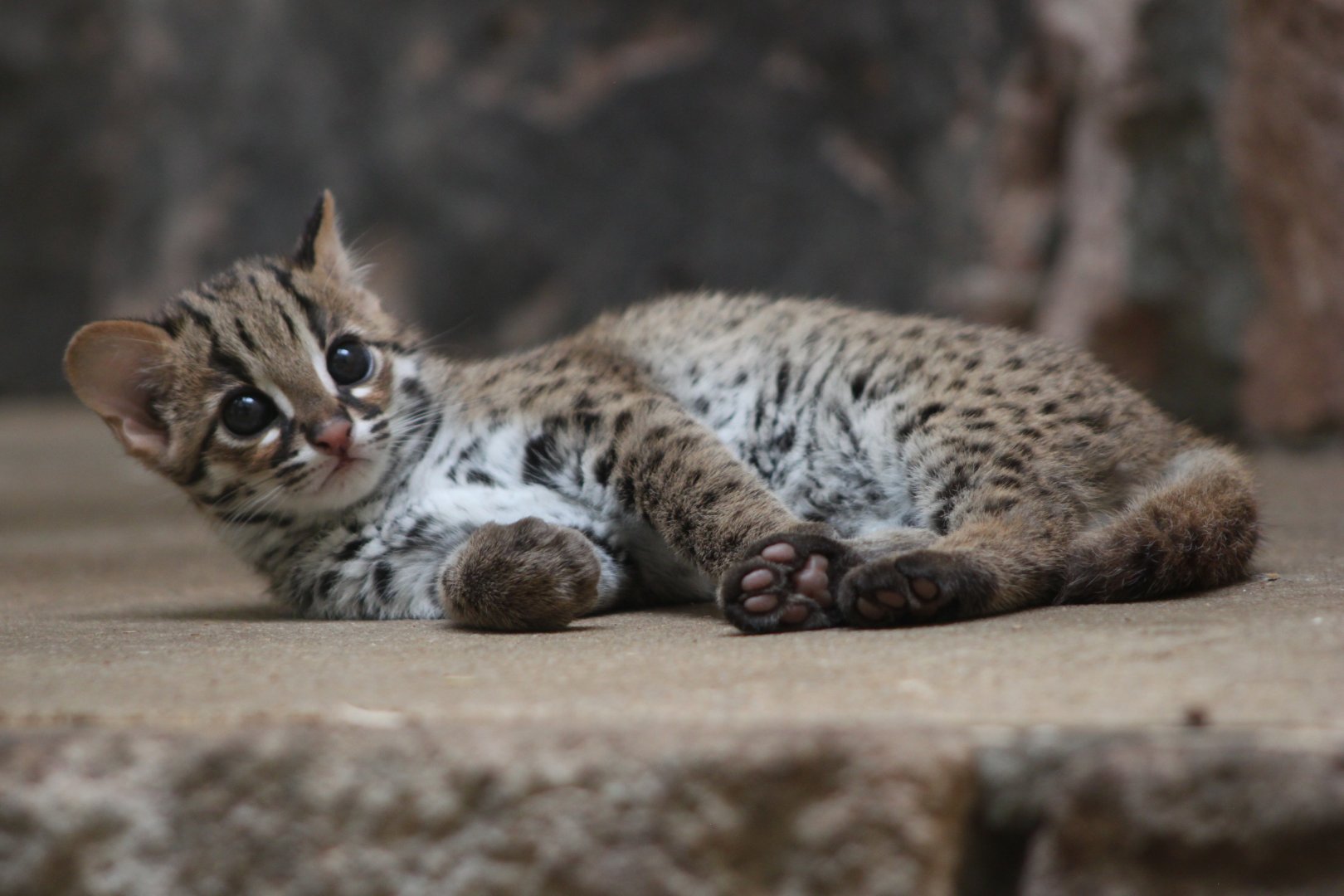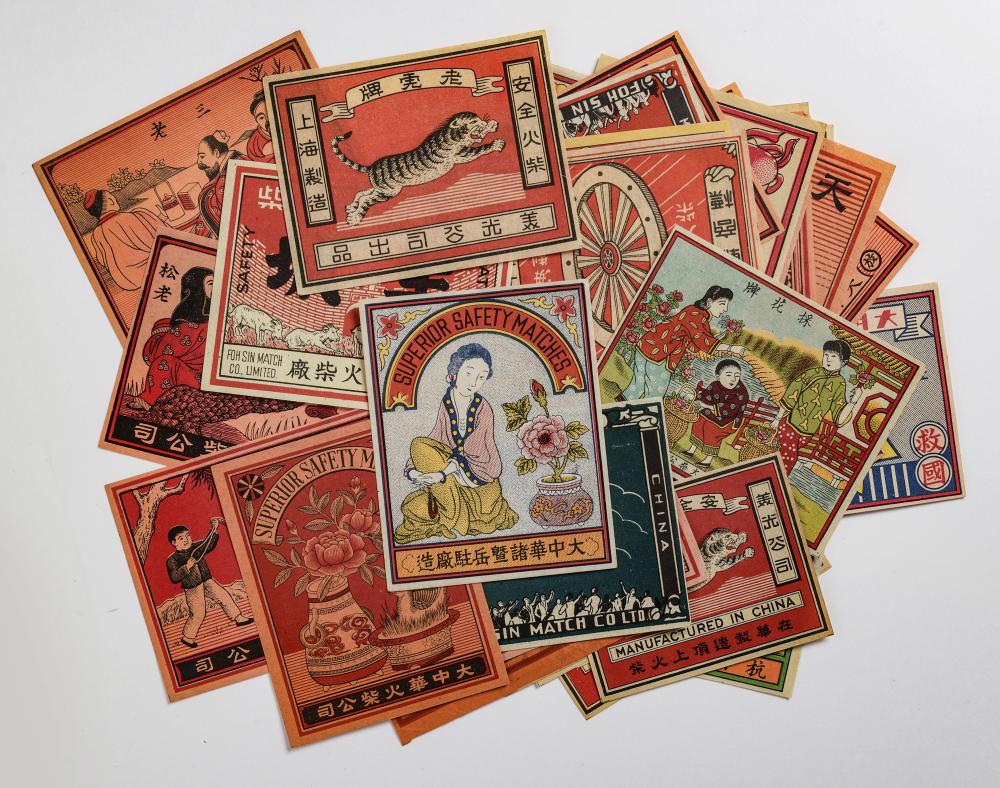Few authors writing about China evoke such strong feelings as Jung Chang, the writer or co-writer of several popular works including best-selling biographies of Chairman Mao and the Empress Dowager Cixi. Her family memoir, Wild Swans, the poignant and epic story of Jung Chang, her mother, and grandmother and how their lives were affected by the convulsions of 20th century China, is a must-read and in regular rotation on Chinese history course syllabi around the world (except in China).
Jung Chang’s latest book, Big Sister, Little Sister, Red Sister: Three Women at the Heart of Twentieth-Century China, is the story of the Soong Sisters: Big Sister Ei-ling (1889-1973), Little Sister May-ling (1898-2003), and “Red Sister” Ching-ling (1893-1981). A century before Instagram Influencers and the phenomenon of famous-for-being-famous, the Soong Sisters were celebrities because of their glamour, their position within Shanghai society, and their marriages. In 1915, Ching-ling married revolutionary organizer Sun Yat-sen, nearly 25 years her senior. May-ling became Madame Chiang Kai-shek. Oldest sister Ei-ling, who was a less public figure, married H.H. Kung, who served in Chiang’s government and would become one of the richest men in China.
You might also like:
 Paul French’s “Destination Shanghai” Captures China’s Most Glamorous City in its 1920s and ’30s PompThe British author, famous for Midnight in Peking, introduces a diverse collection of characters from Shanghai’s foreign concessions era in his latest bookArticle Mar 25, 2019
Paul French’s “Destination Shanghai” Captures China’s Most Glamorous City in its 1920s and ’30s PompThe British author, famous for Midnight in Peking, introduces a diverse collection of characters from Shanghai’s foreign concessions era in his latest bookArticle Mar 25, 2019
But how well do we really know the sisters Soong? Jung Chang wishes for us to move beyond previous hackneyed portrayals of the sisters as two-dimensional stock characters in love with money (Ei-ling), power (May-ling), and country (Ching-ling) and take a fuller and more complex look at the lives and motivations of these remarkable women and wants to center the sisters more firmly in the story of Modern Chinese history.
The results are decidedly mixed.
The knock against Jung Chang is that she often approaches a book project with a clear agenda and then looks for convenient evidence to support that agenda. Some of the same problems which hampered her earlier books resurface here as just a few sources do most of the heavy lifting.
The knock against Jung Chang is that she often approaches a book project with a clear agenda and then looks for convenient evidence to support that agenda.
Much of the information about Soong Ching-ling and Sun Yat-sen is sourced from Woman in World History: Soong Ching Ling, written by Israel Epstein, who was a close friend of Madame Sun. Similarly, Emily Hahn is heavily relied upon for the life of big sister Ei-ling. These are valuable resources for sure, but it is unclear why these sources, in particular, are so heavily cited.
This is especially true when the book focuses on husbands. Significant works on Sun Yat-sen by Marie-Claire Bergère, Chiang Kai-shek by Jonathan Fenby and Jay Taylor, and even Hannah Pakula’s biography of May-ling receive scant mention in the endnotes.
There are many archival sources listed in the back matter of the book but, with the notable exception of published materials made available by the Shanghai Managing Committee of the Historical Objects of Sun Yat-sen, few are relied upon for evidence and support. Instead, much of the material is based on a few favored secondary sources.
You might also like:
 Karl Marx, Cai Yuanpei, and the Legacies of May FourthArticle May 04, 2018
Karl Marx, Cai Yuanpei, and the Legacies of May FourthArticle May 04, 2018
Archives in the PRC are not available to Jung Chang. This is a shame and another example of the Chinese government’s restrictions on independent academic research. But there are other archives to be consulted. When primary sources are used, they are often paraphrased or truncated. An essay in which Ching-ling describes the activist Deng Yanda as the “last beautiful flower to grace our revolution” is cited as evidence for a love unfulfilled and for starting Ching-ling’s lifelong enmity for her brother-in-law after Chiang’s government executed Deng. Such bold claims require stronger evidence.
It is a recurring problem. The childhood awakening of Ai-ling’s obsession with status. The internal turmoil of Ching-ling’s heart and her love for Sun Yat-sen as well as Ching-ling’s political evolution and the decision to remain in China after 1949. Chiang Kai-shek’s conversations with his son, Chiang Ching-kuo, as the elder Chiang was nearing the end of his life. There is drama in these vignettes, but little evidence.
Motivation, belief, and the evolution of somebody’s ideas, emotions, and thoughts are the hardest part of the biographer’s craft.
Motivation, belief, and the evolution of somebody’s ideas, emotions, and thoughts are the hardest part of the biographer’s craft. Without hard evidence, preferably quoted rather than paraphrased, we are left to speculation based on somebody’s actions, or their conversations and memories, some of which were recorded decades later or are second-hand.
It is unsurprising, then, that the best parts of the book center around the relationship of Chiang Kai-shek and Soong May-ling. Since 2005, the diaries and some of the papers of Chiang Kai-shek and his son Chiang Ching-kuo have been open to researchers at the Hoover Institute at Stanford University. The relative wealth of material has served many researchers well since the archive opened and it is also used well here. However, one wishes that more of the materials were quoted directly (if only in the endnotes) or at greater length rather than in paraphrase. When making bold historical arguments, it is often better to show rather than tell.
You might also like:
 Massacre and Memory: 80 Years Later, the Battle over Nanjing Rages OnArticle Dec 11, 2017
Massacre and Memory: 80 Years Later, the Battle over Nanjing Rages OnArticle Dec 11, 2017
Students of Chinese history may also quibble with some of Jung Chang’s bolder assertions and interpretations. Suggesting the “relocation of the government from Nanjing to Chongqing went amazingly smoothly” seems more like clunky editing (Jung Chang touches on the Nanjing Massacre later) but the claim that Soong Ei-ling was “the first Chinese woman to be educated in America” ignores, among others, Mary Stone, born Shi Meiyu in the Chinese city of Jiujiang in 1873, and Ida Khan (Kang Aide) who graduated with medical degrees from the University of Michigan in 1896.
The invention of the “modern Chinese language” (meaning, it is implied, the popularization of the vernacular in written language) is credited to leaders in the 1920s and dismisses the efforts of earlier language reformers including Hu Shi and Chen Duxiu. The students of the May Fourth and other demonstrations (and especially those killed in the March 18, 1926 student massacre outside the presidential compound in Beijing) might have taken issue with the book’s argument that free speech and the free press thrived in China in the period between 1916 and 1926.
Jung Chang has made a career of celebrating women in Chinese history. She is also keenly aware of when the portrayal of an event or historical figure has grown stale and needs a fresh take.
Revising old tropes and tired narratives is an admirable endeavor and necessary for the study and teaching of history. There’s a lot of room for re-examining China’s complex history. The problem here is that when challenging a narrative based, in part, on the work of other researchers and historians, there exists a heavy burden of proof. This is not a burden Jung Chang has always carried with grace. While this book adds to our knowledge of this remarkable trio of women, to extrapolate too far from the sources is to enter the realm of historical fiction.


















